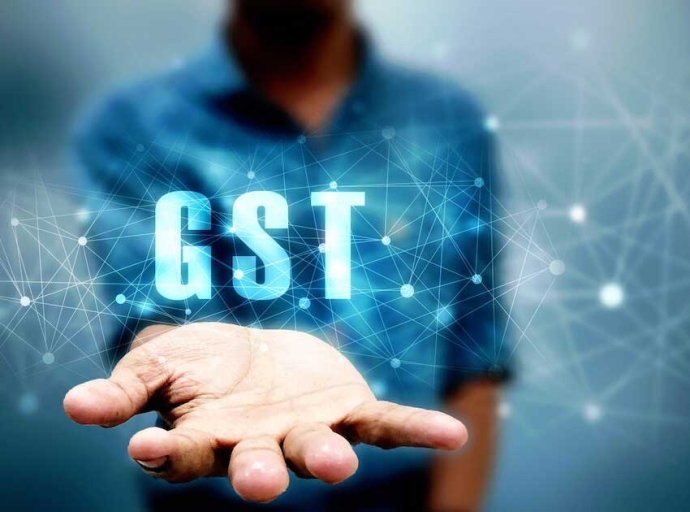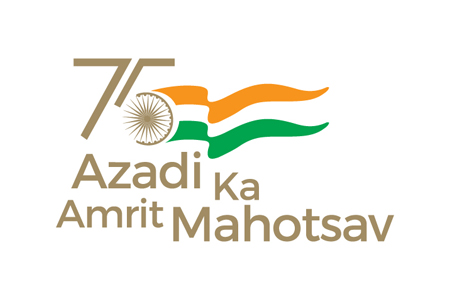25 January 2025, Mumbai
The Indian apparel sector, a vital component of the economy, employs over 11 million individuals, primarily in the MSME segment. This industry, serving as a significant source of livelihood for women and marginalized communities, faces numerous challenges that hinder its growth and sustainability. To support its expansion and resilience, the following key recommendations have been proposed for inclusion in the Union Budget 2025-26.
Addressing financial challenges through interest subvention
The garment sector is grappling with high working capital requirements, especially in the MSME segment. Managing funds remains a persistent challenge, obstructing growth and operational stability. To alleviate this burden, the introduction of a government-supported interest subvention scheme is critical.
It is recommended that a reduced interest rate of 7 per cent per annum, further reduced to 4 per cent for prompt repayments, be extended to the apparel sector. This scheme would provide much-needed relief, stabilize operations, and ensure the continued viability of this employment-intensive industry. Such measures will also align with the Priority Sector Lending rates available to the agricultural sector, fostering a level playing field.
Boosting MSMEs and extending the PLI scheme
Operational creditors in the MSME garment sector face inequitable treatment under insolvency proceedings, often receiving negligible payments. Categorizing MSMEs as secured creditors under the NCLT framework would enhance financial security and improve recovery processes. Strengthening the financial health of MSMEs is vital, given their pivotal role in the apparel industry's value chain.
Moreover, the existing Production Linked Incentive (PLI) scheme has primarily focused on synthetic products, limiting its reach. Extending the PLI scheme to cover all garment categories is essential for unlocking the sector’s potential. This move would attract investments, generate employment, and neutralize the cost advantages of competitors like China, Bangladesh, and Vietnam. Adjustments to the threshold investment requirements, reducing them from Rs100 crore to Rs12-15 crore, could further incentivize smaller players to participate, accelerating industry growth.
Mitigating policy challenges and reviewing duty-free imports
The amendment to Section 43B(H) of the Income Tax Act, aimed at resolving delayed payments, has inadvertently burdened the garment sector due to unrealistic payment cycle expectations. It is proposed to phase in the 45-day payment cycle over three years and include the medium segment and traders under the same rule to ensure equitable support.
Additionally, duty-free imports from Bangladesh have posed significant challenges to domestic manufacturers. The influx of Chinese fabrics under the guise of Bangladeshi imports exacerbates this issue, threatening categories like innerwear, denims, and woolen garments. A review of the Free Trade Agreement (FTA) with Bangladesh is crucial to ensure a level playing field. Restricting duty-free imports to garments made from Indian fabrics could safeguard domestic players while preserving geopolitical sensitivities.
The Indian apparel market, currently valued at $102 billion, is projected to reach $180 billion by 2030, growing at a compound annual growth rate (CAGR) of 9 per cent. Addressing these critical issues will not only bolster the industry’s growth trajectory but also ensure sustained employment generation, making the sector more competitive globally.
By implementing these recommendations, the Union Budget 2025-26 can provide a robust foundation for the apparel industry to thrive amid challenging macroeconomic conditions.
Latest Publications

































